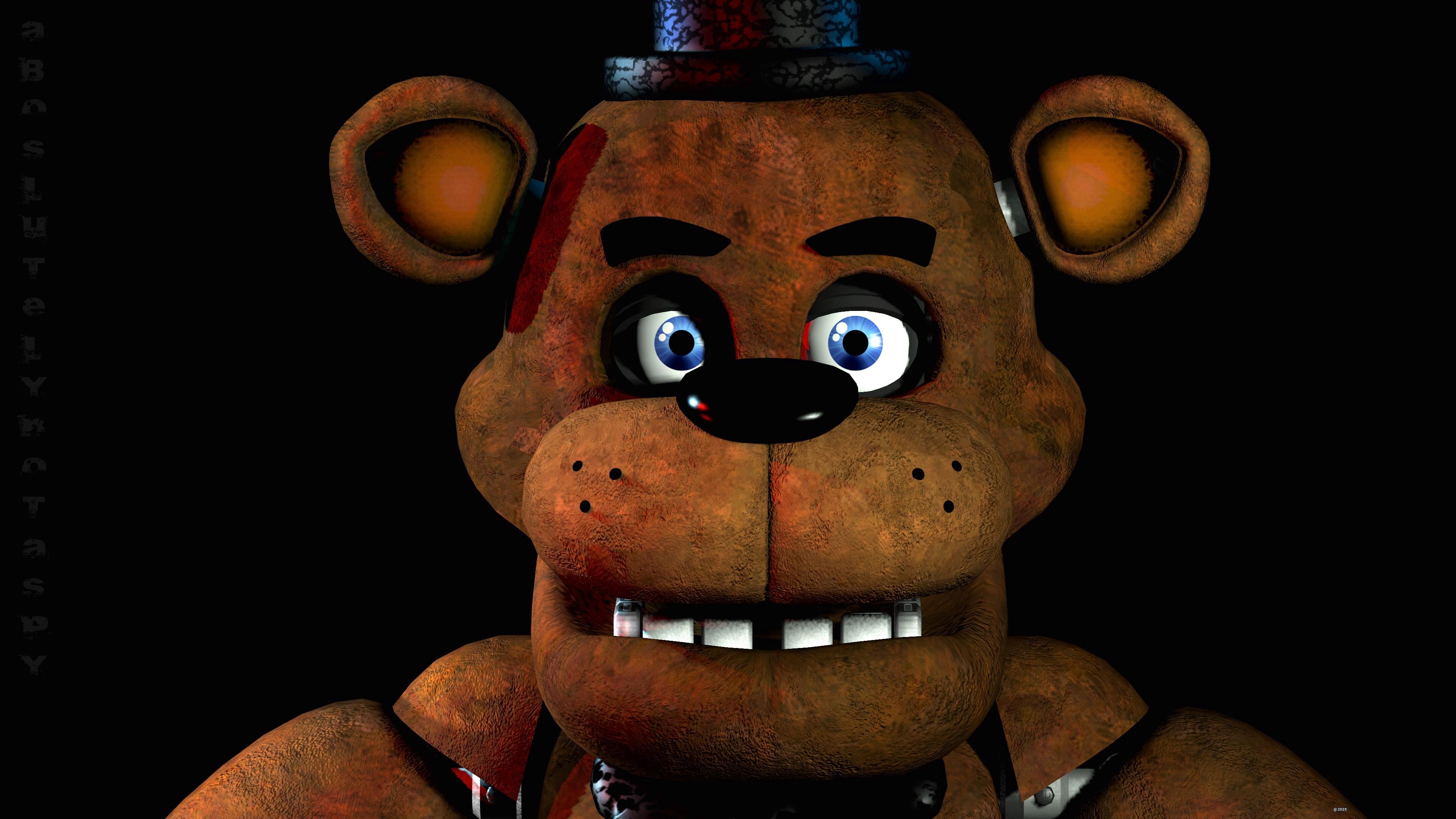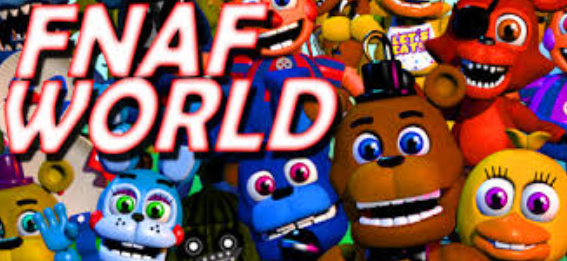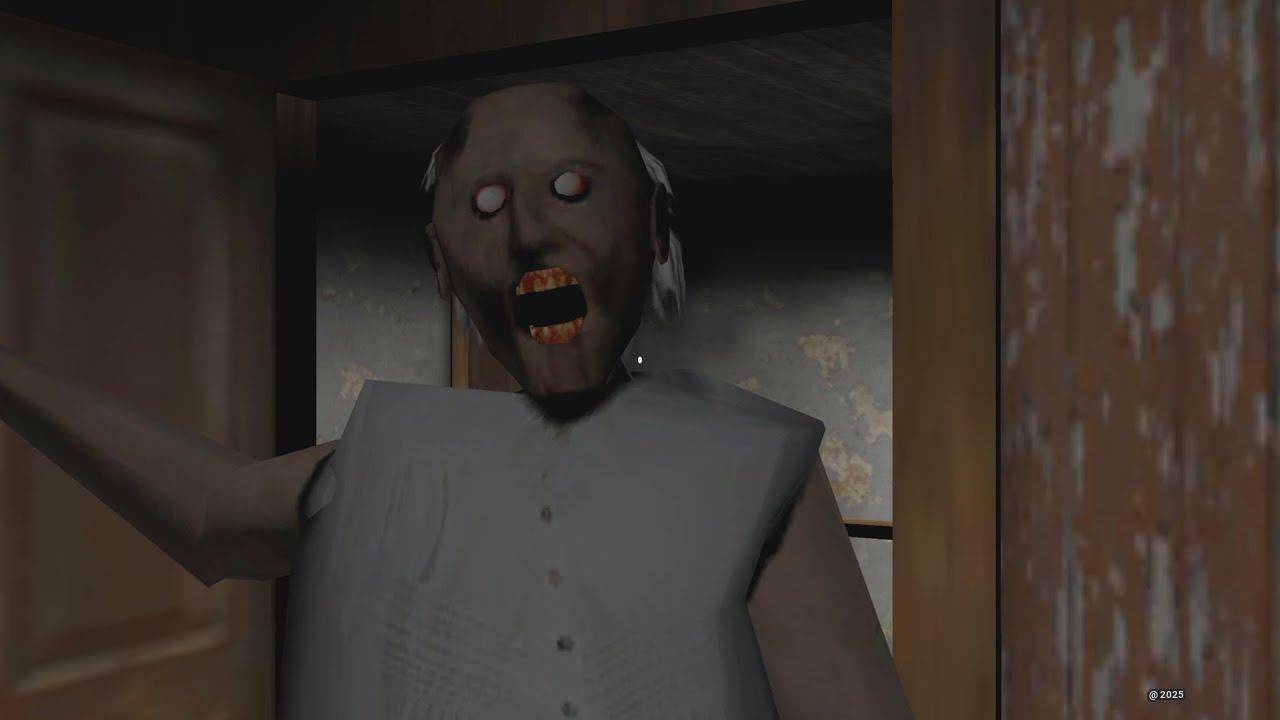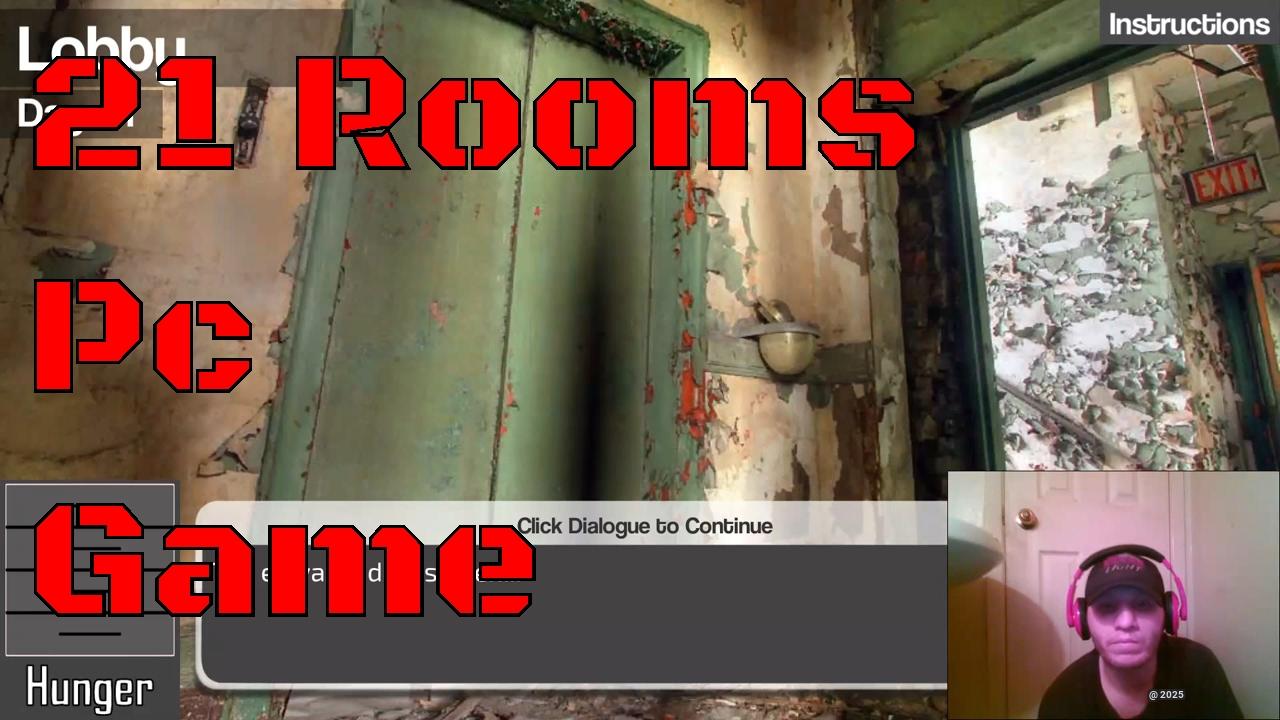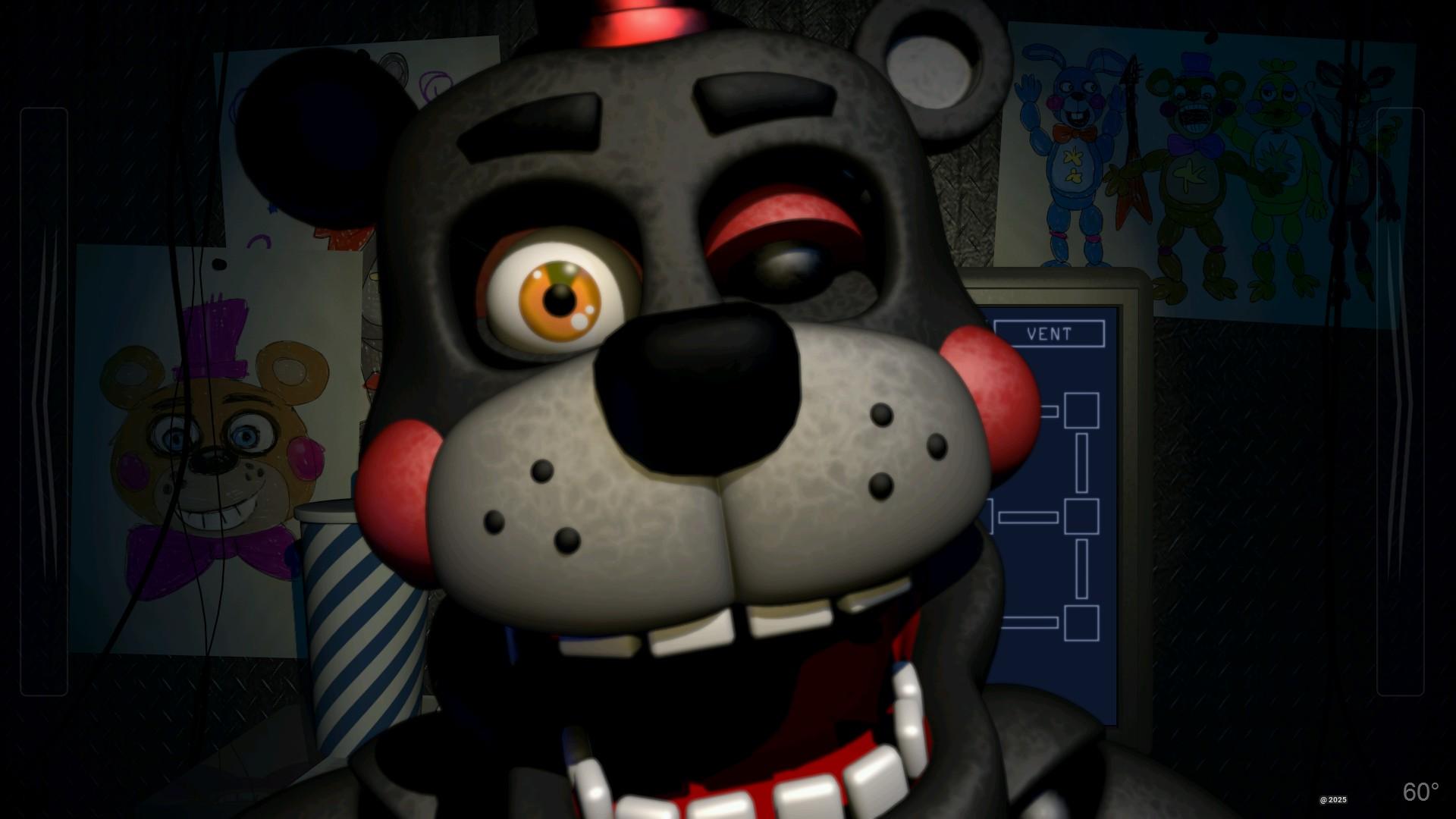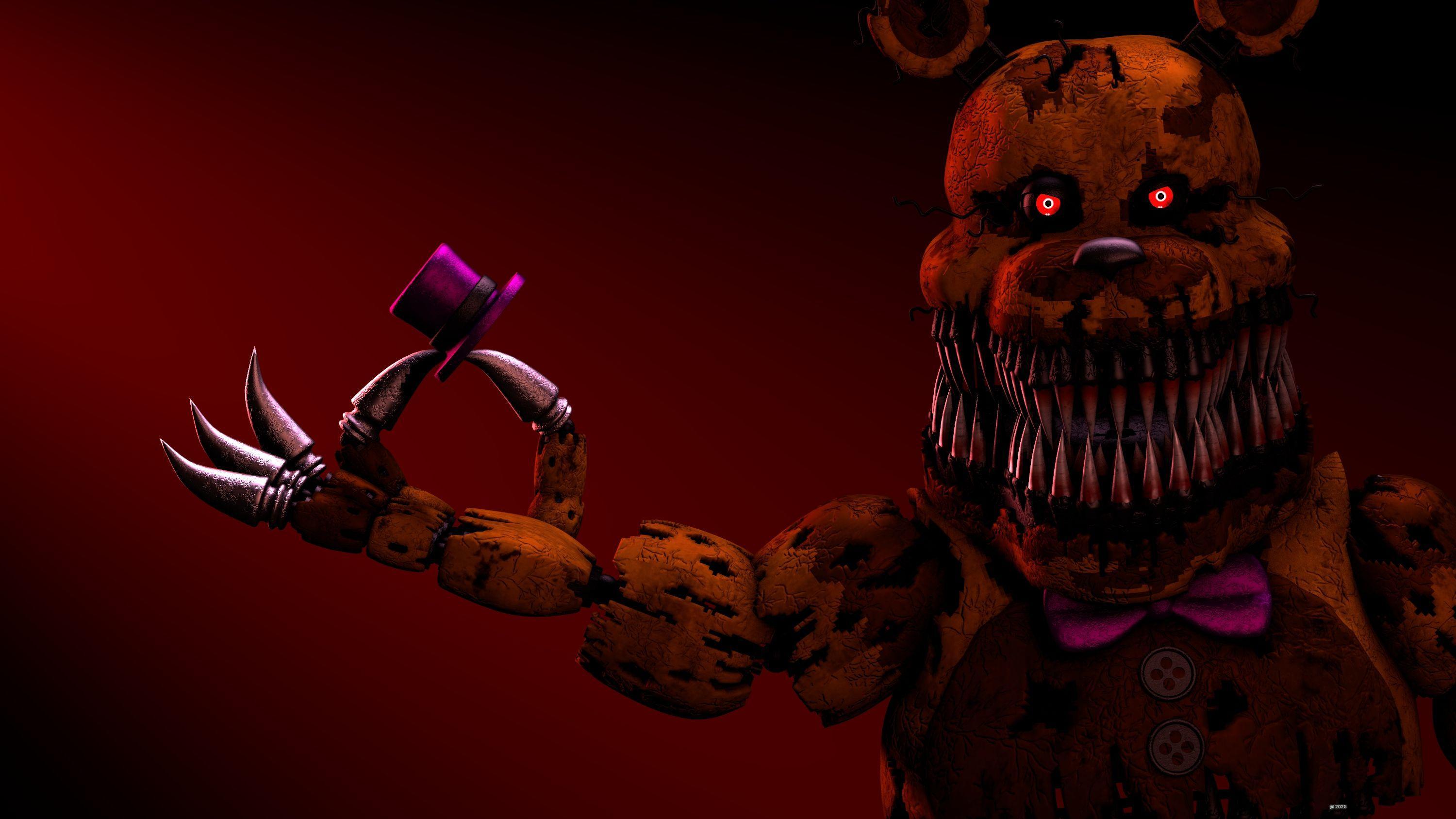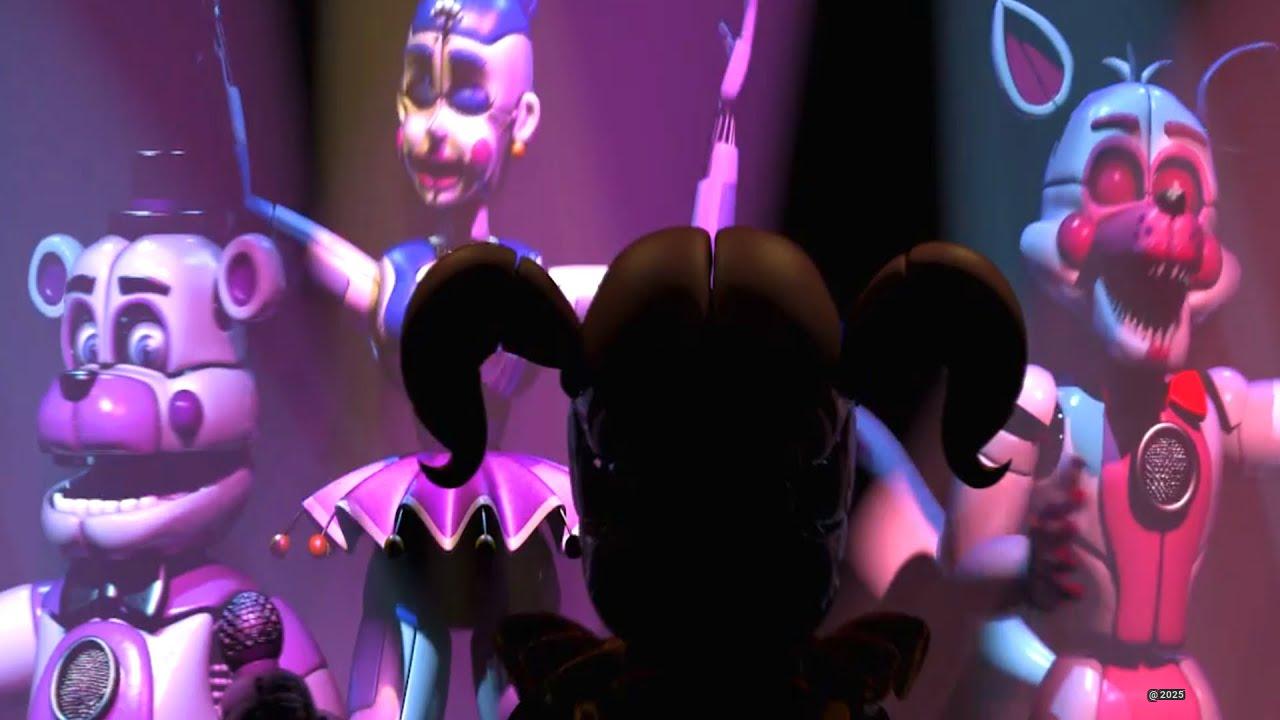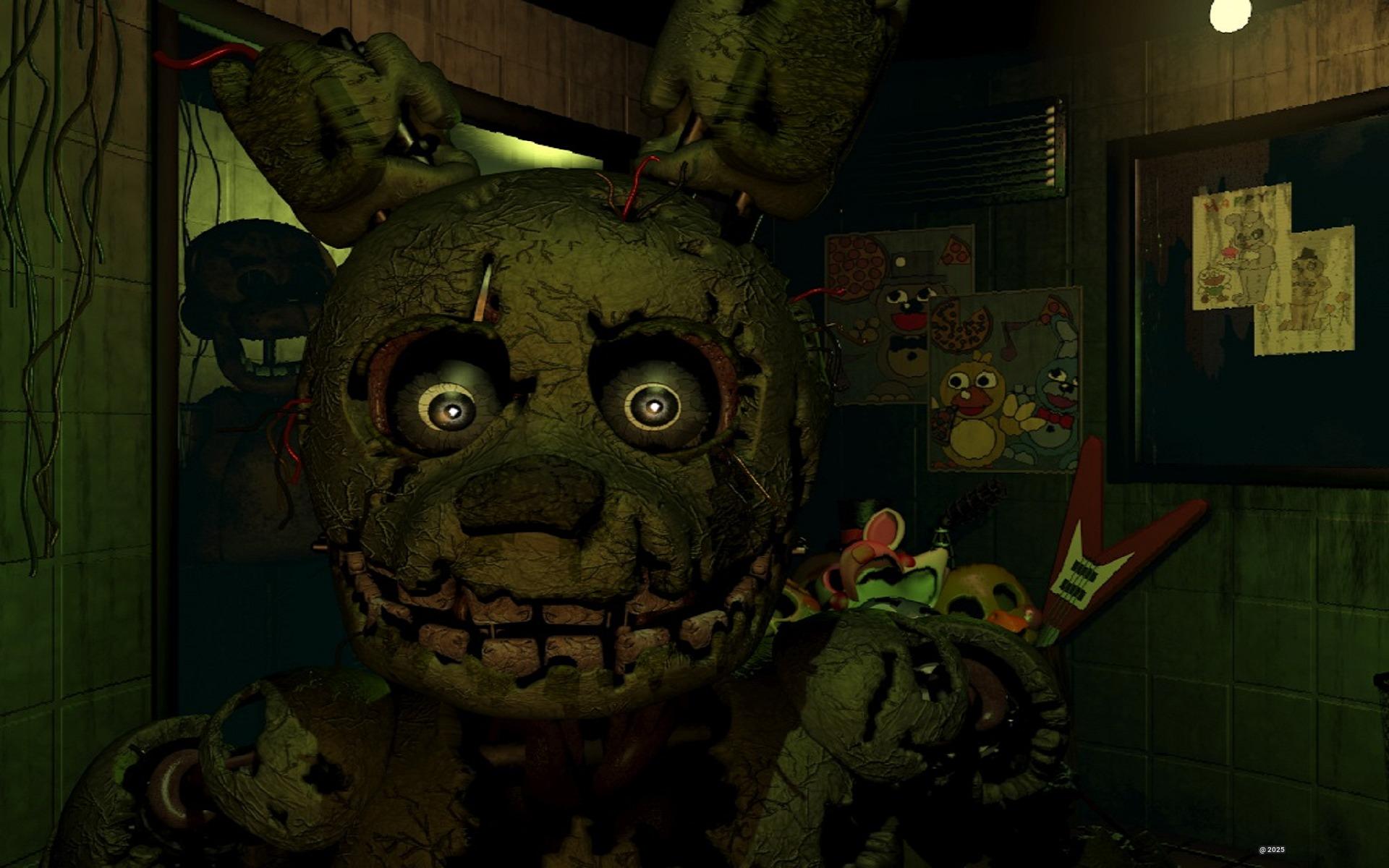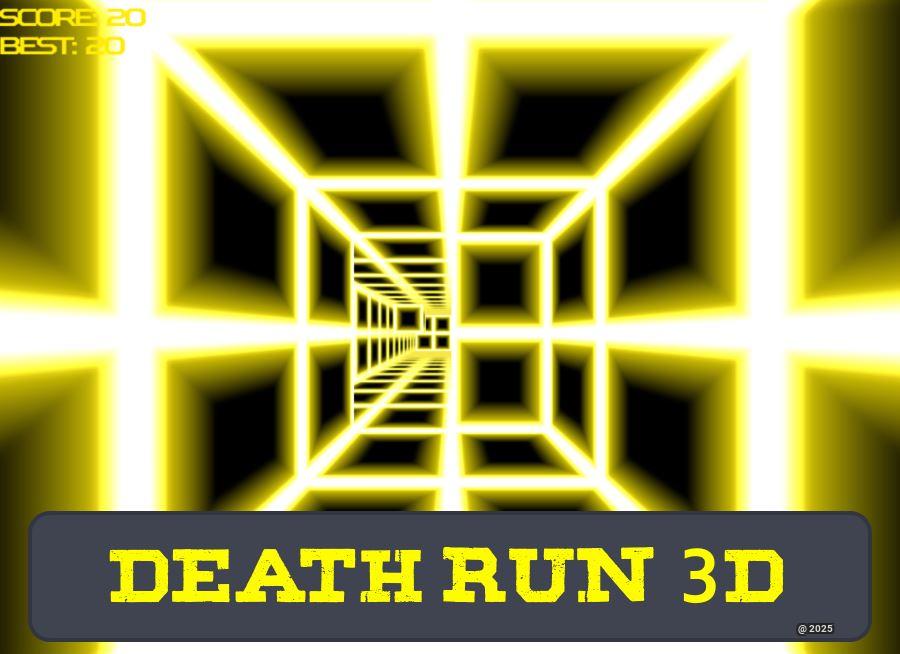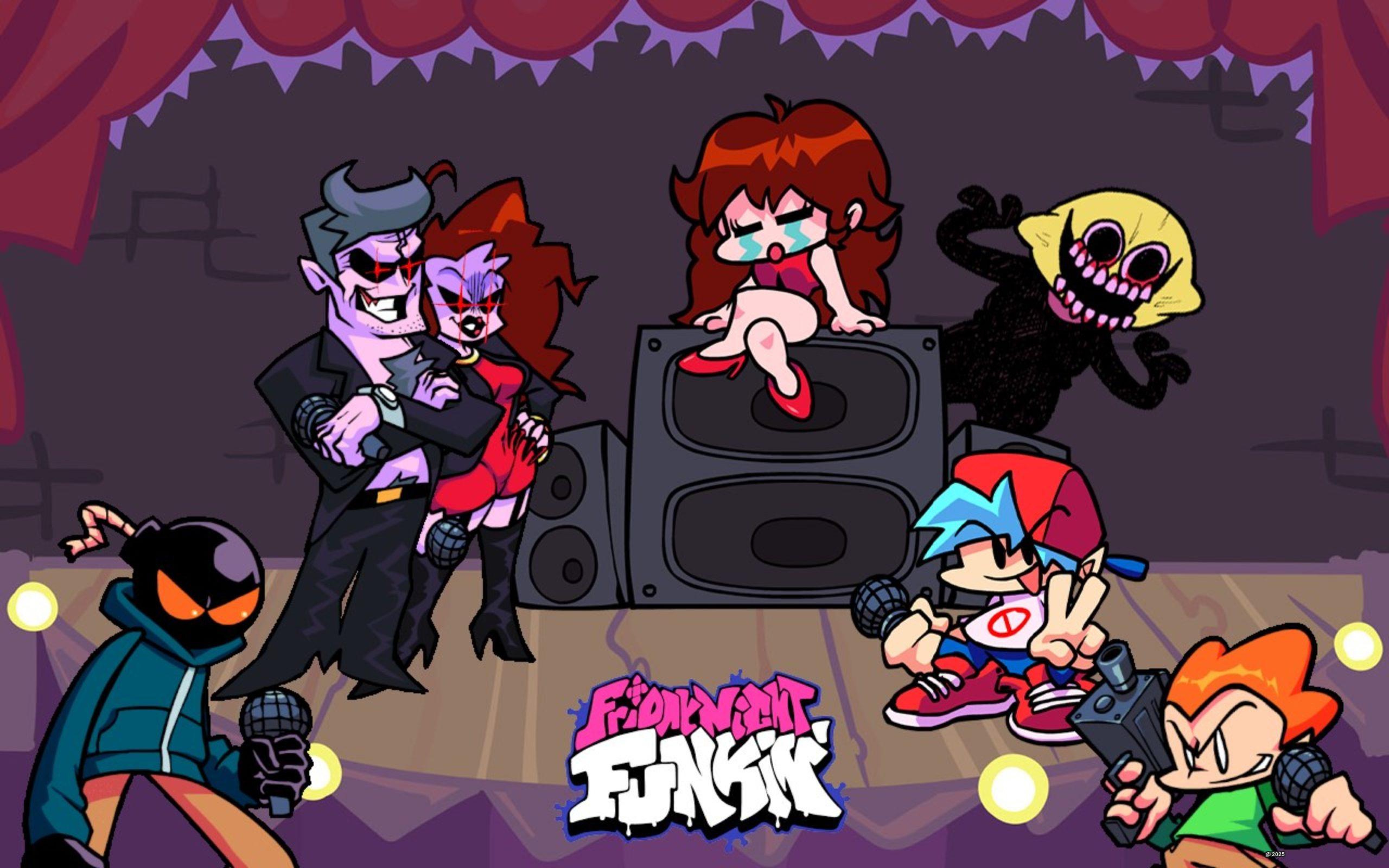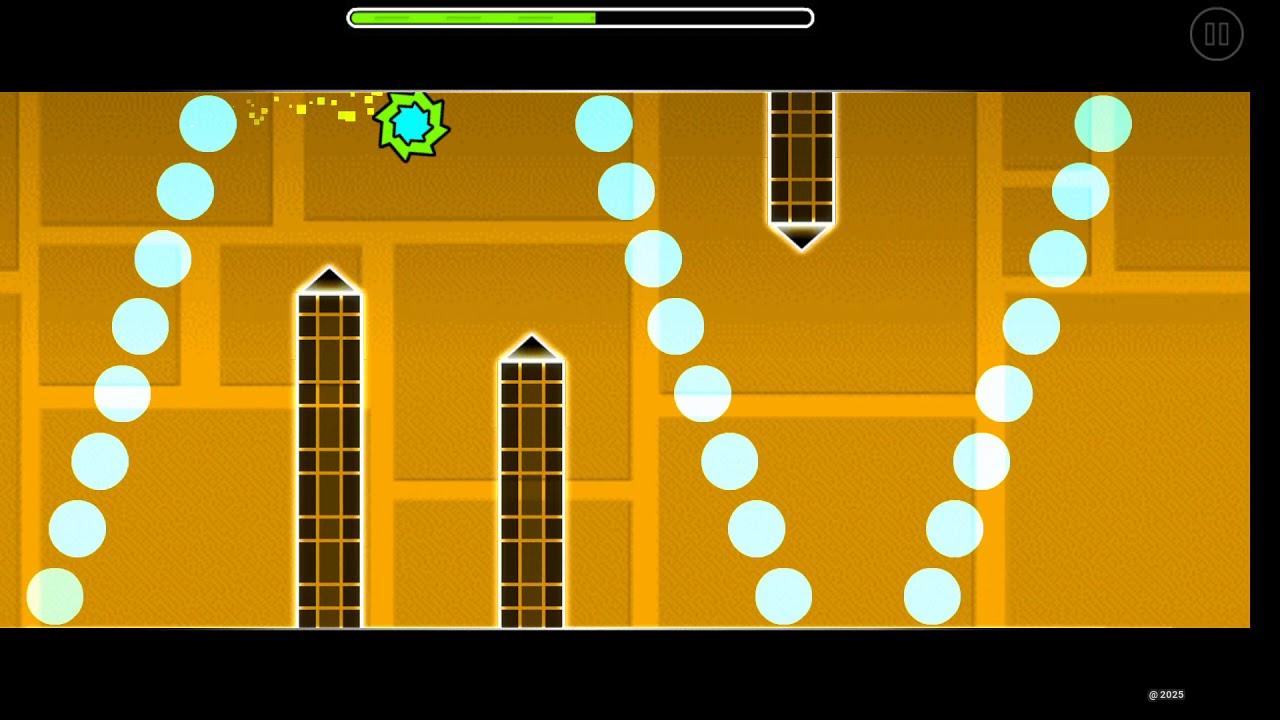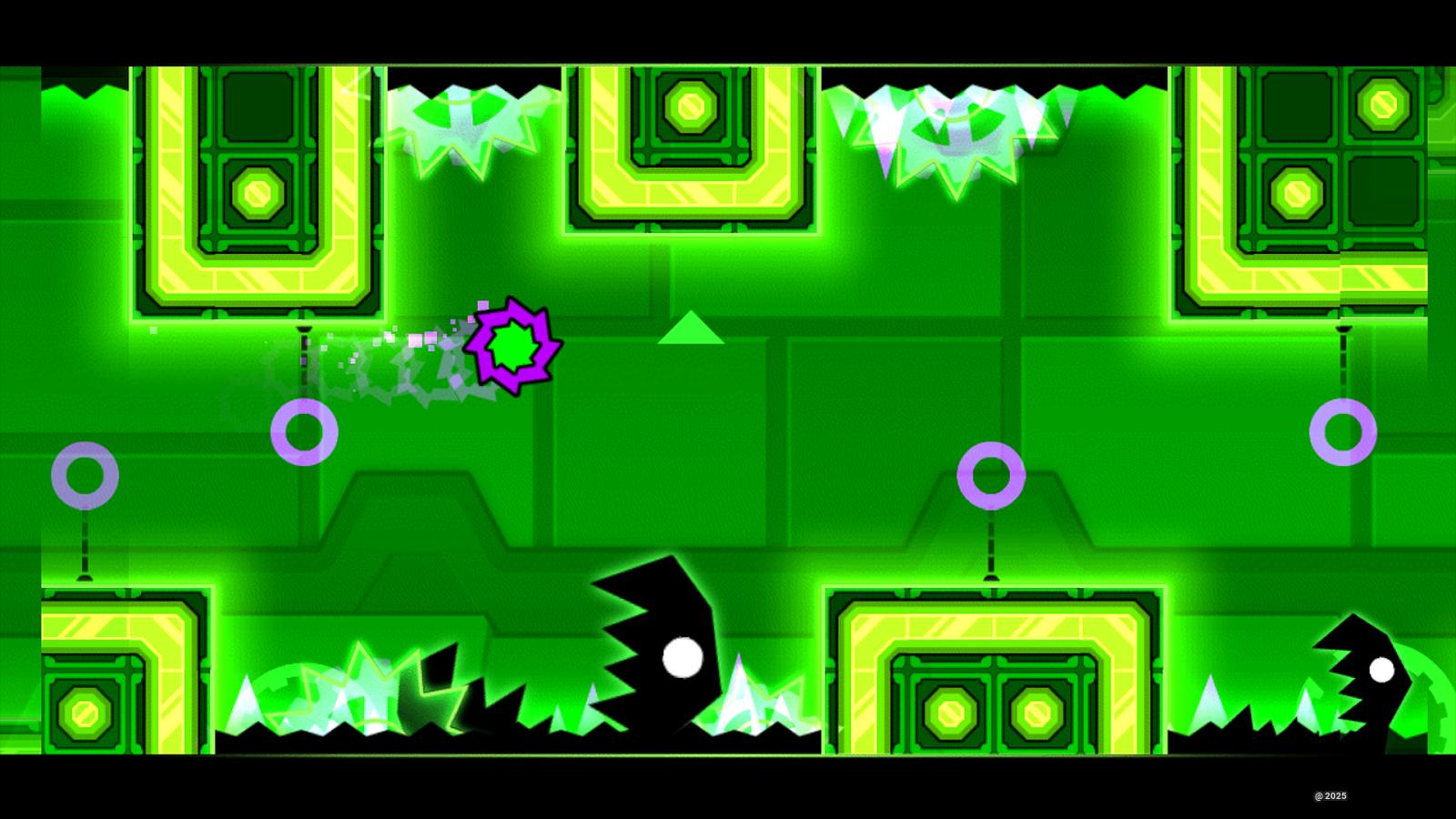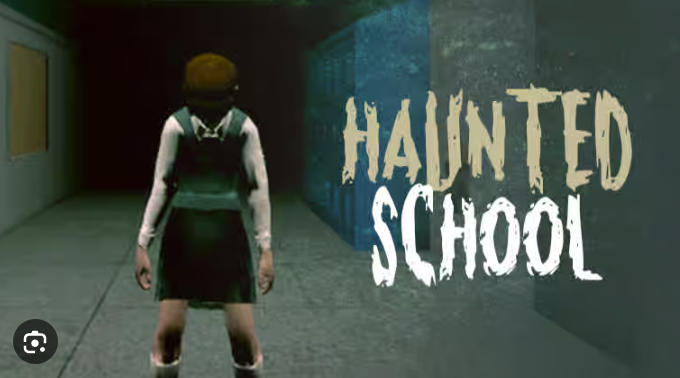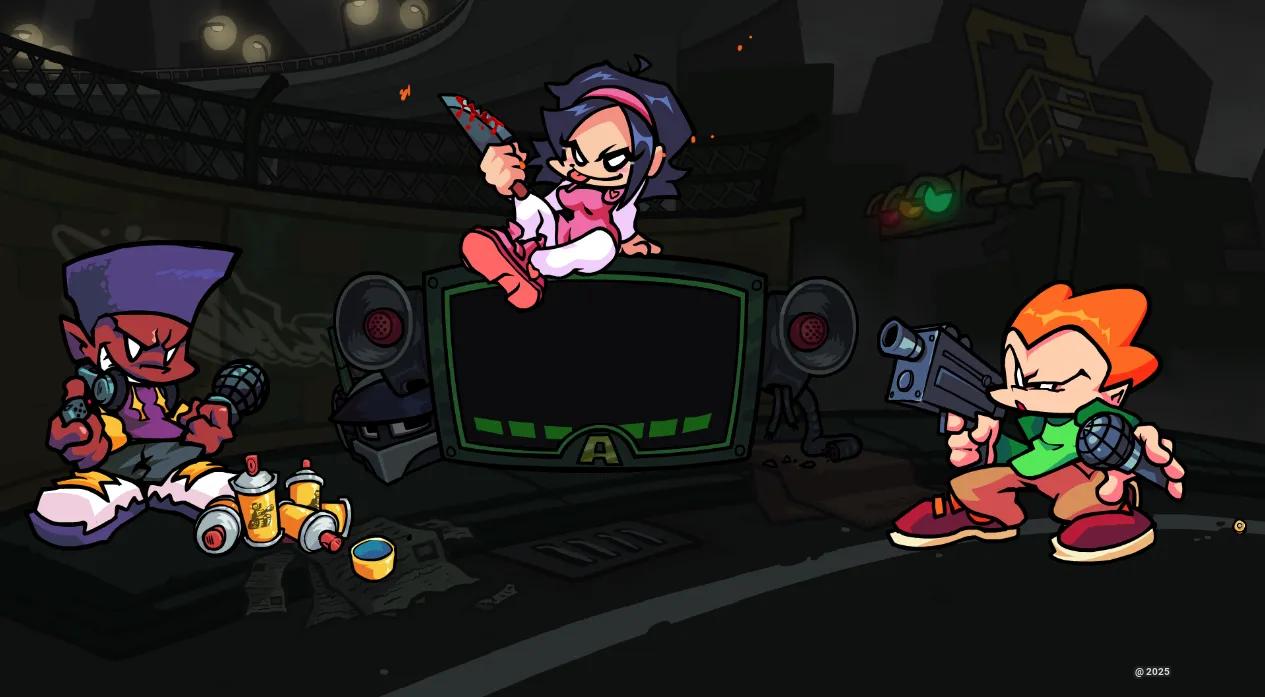Five Nights at Freddy’s changed indie horror gaming forever in 2014. This pixelated nightmare puts you in the shoes of a night guard at Freddy Fazbear’s Pizza, where childhood fun transforms into pure terror after dark.
Picture yourself alone in a security office as the clock strikes midnight. Your only defenses? A tablet linked to security cameras and two power-hungry metal doors. The twist? Four animatronic mascots - Freddy, Bonnie, Chica, and Foxy - hunt you relentlessly until 6 AM. Each night grows more challenging as these once-friendly characters become increasingly aggressive.
The game’s genius lies in its simplicity. You can’t run or fight - survival depends entirely on smart resource management and split-second decisions. Every power drain from checking cameras or closing doors brings you closer to darkness… and certain doom.
Key things to know:
- Created by solo developer Scott Cawthon
- Spawned a massive franchise with over 20 games
- Uses minimal mechanics to create maximum tension
- Features hidden story elements that sparked countless fan theories
- Available on PC, mobile, and major gaming consoles
FNAF redefined survival horror by proving that sometimes the scariest monsters are the ones from our childhood memories. Eight years later, its influence on gaming and pop culture continues to grow.
About FNAF 1
I’ve spent countless hours roaming the dark halls of Freddy Fazbear’s Pizza, and let me tell you - this isn’t your average night shift! FNAF 1 puts you in the shoes of a security guard trapped in a seemingly innocent family restaurant. But as the clock strikes midnight, things take a sinister turn.
The genius of FNAF 1 lies in its simplicity. You’re stuck in a tiny office with limited power, watching security feeds as four animatronic characters - Freddy, Bonnie, Chica, and Foxy - hunt you down. These aren’t just mindless robots; each has unique behaviors and patterns you’ll need to learn to survive.
| Animatronic | Starting Location | Main Threat Pattern |
|---|---|---|
| Freddy Fazbear | Show Stage | Most active in darkness |
| Bonnie | Show Stage | Approaches from left side |
| Chica | Show Stage | Approaches from right side |
| Foxy | Pirate Cove | Rushes down left hall |
What really gets under your skin is the backstory. These aren’t just malfunctioning robots - there’s something far more disturbing at play. Strange newspaper clippings hint at missing children, and the night phone calls… well, they raise more questions than answers.
FNAF 1 Features
Let’s talk about what makes this game tick. The real magic of FNAF 1 comes from its masterful use of limited resources. Every action drains precious power, and you’ll never have enough to feel safe.
“The most terrifying part isn’t what you see - it’s what you can’t see.” - Scott Cawthon
The security system feels authentic yet oddly dated. Grainy cameras click and whir as you swap between feeds. The audio design deserves special praise - those footsteps in the hall? They’re not just for atmosphere. They’re vital survival cues.
Key mechanics that set FNAF 1 apart:
- Power Management: Each camera view, light switch, and door closure drains your limited battery
- Audio Cues: Distinct sounds for each animatronic help track movement
- Strategic Camera System: 11 viewpoints to monitor, but you can’t watch them all
- Jump Scares: Not just cheap thrills - they’re carefully timed consequences of your mistakes
How to Play FNAF 1
Start of Shift (12 AM - 2 AM)
- Check cameras sparingly
- Listen for movement
- Keep track of Bonnie and Chica
Mid Shift (2 AM - 4 AM)
- Monitor Foxy in Pirate Cove
- Check door lights frequently
- Track Freddy’s laugh
End of Shift (4 AM - 6 AM)
- Conserve remaining power
- Focus on immediate threats
- Stay calm under pressure
The key to survival? Think of yourself as a conductor, orchestrating a deadly symphony. Each animatronic moves to its own rhythm, but they all follow patterns you can learn and predict.
Top Tips to Win FNAF 1
Camera Management
- Don’t watch Foxy constantly - check every 5-7 seconds
- Skip viewing empty rooms
- Memorize animatronic paths to predict movement
Power Conservation
Hour | Target Power Level 1 AM | 80-85% 2 AM | 60-65% 3 AM | 40-45% 4 AM | 25-30% 5 AM | 5-10%
Door Strategy
- Check lights before closing doors
- Listen for footsteps
- Open doors immediately after threats pass
Character Backstories in FNAF 1
The story behind each animatronic adds layers of horror to your night shift. Let me share what we know:
- Freddy Fazbear: The star of the show. During the day, he’s the jolly mascot of the pizzeria. But at night? His glowing eyes and deep laugh signal approaching doom. Reports suggest he’s most active in total darkness.
- Bonnie: This purple bunny might look friendly, but he’s often the first to move. I’ve noticed he takes a particular interest in the left door. Some theories link him to the disappearance of children from the pizzeria.
- Chica: Don’t let the cupcake fool you. This chicken’s kitchen visits aren’t about baking. She’s persistent and clever, sometimes lingering at your window longer than the others.
- Foxy: Hidden behind the curtain of Pirate Cove lies perhaps the most unique threat. Unlike the others, Foxy’s behavior depends on how often you watch him. Too much or too little attention triggers his sprint down the west hall.
FAQs about FNAF 1
Q: Why do the animatronics attack you?
A: The official story claims they’re in “free roaming” mode to prevent servos from locking up. But phone calls and hidden lore suggest something far more sinister.
Q: What happens if I run out of power?
A: Freddy appears in the left doorway, playing his music box tune. After a few seconds… well, better not let that happen.
Q: Can I fight back against the animatronics?
A: No - your only defenses are the doors and lights. This limitation creates the game’s signature tension.
Conclusion
Five Nights at Freddy’s (FNAF) created a seismic shift in indie horror gaming since its debut. Scott Cawthon’s nightmarish creation puts players in a cramped security office at Freddy Fazbear’s Pizza, where childhood memories twist into terror after dark. Armed with only security cameras and limited power for two metal doors, players face four haunted animatronics - Freddy, Bonnie, Chica, and Foxy - each programmed with distinct hunting patterns and behaviors.
The game’s strength lies in its raw simplicity - no weapons, no escape routes, just strategic resource management and quick thinking to survive until dawn. Every decision to check cameras or close doors drains precious power, creating nail-biting tension as players balance safety against the looming threat of total darkness.
FNAF’s hidden story elements sparked countless theories about missing children, mysterious incidents, and the dark history behind these seemingly innocent mascots. The game’s success launched a multimedia franchise spanning over 20 titles across multiple platforms, proving that sometimes the most effective horror comes from corrupting familiar childhood icons.
The legacy of Five Nights at Freddy’s continues to shape horror gaming, showing how minimal mechanics combined with psychological terror can create an unforgettable experience that haunts players long after they’ve left their night shift at Freddy’s.

